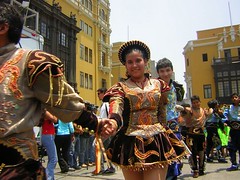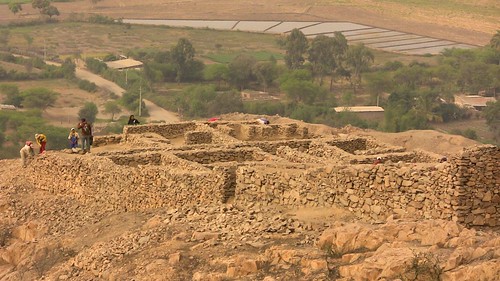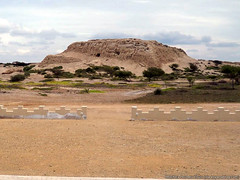Lima’s 473rd Birthday
On the 18th of January it will have been 473 years since Spanish conquistador Francisco Pizarro founded his capital in the conquered land of the Incas, preferring a coastal capital for sea connections rather than a Andean one as the Incas had in Cuzco.

This week, and some of next, beneath Lima’s often grey skies you’ll find vibrant culture, grand spectacles and mouth watering cuisine laid out before you to enjoy in a series of free events.
Alejandro of Peru Food has said all that needs to be said about Lima’s 473rd aniversary.
The city’s origin…
In 1535, on a sunny austral summer day, January 6, Francisco Pizarro and his men arrived in a fertile valley along the arid Peruvian desert. This rich agricultural valley was watered by a river the natives called Rimac, meaning the ‘river that speaks’, because of the sound of the water traversing across the boulders in the riverbed.
Within twelve days, on January 18, 1535, just 473 years ago today, Pizarro decided to construct a Spanish city within one of the more densely populated areas of the region. This is now the colonial center of historic Lima.
He placed his palace on the grounds of the house of the local leader, Taulichusco, the last indigenous lord of Lima. He constructed a Cathedral atop an indigenous temple, and laid out a checkerboard system of streets, although keeping some vestiges of the ancient pre-Conquest routes, including the one reaching the Rimac temple, now the Plaza Italia, and the route leading to the most important religious complex in the region, Pachacámac.
It’s period as the City of Kings and the capital of the Republic…
For much of its 473 years, Lima remained a small, albeit very wealthy, city which remained within the confines of Pizarro’s original city plan. It was the capital of the Viceroyalty of Peru, the seat of Spanish power for all of western South America. After Peruvian Independence, it remained the most important city within the newly-formed Republic, a financial and academic center for the new country.It was only in the 1950s and 60s that Lima really began to expand beyond its original boundaries, and that growth spiraled in the 1980s and 90s as increasing number of migrants from other parts of Peru moved to Lima.
Today, Lima is a booming metropolis of 8 million people, with all of the hope, dynamism, and challenges facing a major city in a developing country like Peru. The dry desert of coastal Peru is not what many would consider the ideal site for constructing such an urban area, but from the desert, the city has grown.
More from Alejandro here.






![Maids Still Banned from Swimming at Beaches? Sadly, Yes [Featured]](http://farm4.static.flickr.com/3276/2689638225_1cb4821cff_m.jpg)



